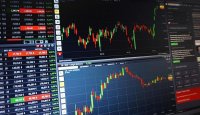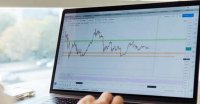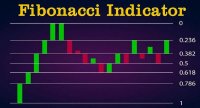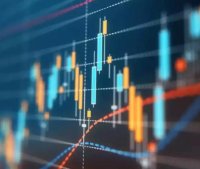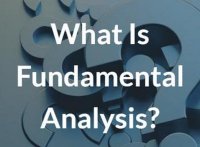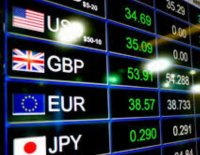For most forex trading pairs, a pip value is considered the 4th decimal position of a symbol’s price. There are some exceptions though, with trading pairs including JPY currency where the pip value is the 2nd decimal place.
Many brokers nowadays often offer forex trading symbols/pairs using five (5) decimal points for better price accuracy. The 5th decimal is called fractional pip or point. Similarly, JPY pairs are offered with three (3) decimals.
It is important to understand the pip value and calculations involved since this procedure assists traders to check:
- the spread a broker offers to specific forex trading pairs
- their trades’ profits and losses (P&L) and generally the cost of a trade.
Every forex trading pair/symbol appears in a trading platform with two (2) prices. The bid and the ask price. The difference between bid and ask price is the spread.
e.g. For EUR/USD an indicative price may be 1.0722(bid)/1.0725(ask). The difference is [1.0725-1.0722=3] 3 pips, therefore the spread for EUR/USD is 3 pips.
It is common practice for traders to search for small and tight spreads as possible, hence better trading conditions.
For calculating the profit or loss of trades, we first need to calculate the pip value of the symbol traded and then to multiply the pip value with the price movement (in pips). It is important to notice that the pip value is calculated as per the quoted currency of a trading pair/symbol. For EUR/USD, the pip value is calculated in USD, for USD/CAD the pip value is calculated in CAD, etc.
Let’s check some detailed examples, to clarify the P&L and the pip cost for Buy or Sell orders:
For a standard trading account, the contract size of a currency pair/symbol is 100,000 units of the base currency, while the formula for calculating the pip worth is the following:
Amount of Base currency (in lots) X pips = Amount in Quote currency
For EUR/USD and 1 lot [100,000 EUR] traded a pip value would be:
100,000 X 0.0001 = 10 USD
Explaining practical examples using trades and positions:
If we Buy 1.5 lots of GBPUSD at a price of 1.2343, and then we decide to close our position at a price of 1.2356. Since we bought GBPUSD and the price increased, we have a profit of 13 pips (1.2356 – 1.2343=0.0013). Our trade’s profit will be (according to the above formula):
150,000 X 0.0013 = 195 USD
In case we Sell 2 lots of EURUSD at a price of 1.0725, and then we decide to close our trade once price reaches 1.0735. Since we sold and the price increased then we will have losses of 10 pips (1.0735 – 1.0725=0.0010). We can calculate our losses as per below:
200,000 X 0.0010 = 200 USD
As stated above, the JPY currency pairs are exceptions, and the pip decimal is at the 2nd place. Therefore, if we Buy 1 lot of USDJPY at 140.59, and then we close the position at 140.64, we will have a profit of 5 pips (140.64-140.59=0.05). Hence our profit in value will be:
100,000 X 0.05 = 5,000 JPY (which would be approximately 35.55 USD)
Taking into consideration all the above, traders can create trading strategies having more information in their arsenal.
Knowing for example that 1 pip costs $10 in a standard account by trading 1 lot, a trader can apply a trading plan using pending orders (future orders) targeting a 5 pips price movement of a symbol. That means for a successful trade, a trader will have 5x10=50$ profits.


